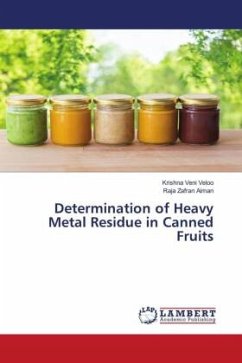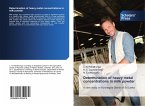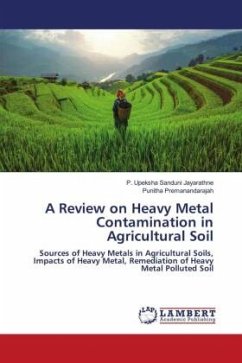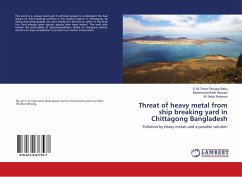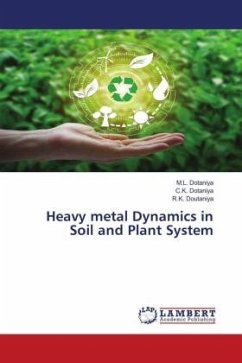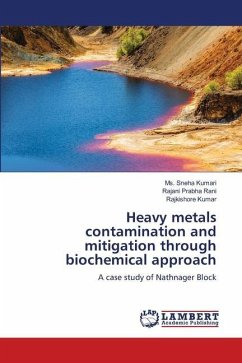Fruits can be served as a dessert after a meal but many people do not know that the canned fruit may contain heavy metals that are dangerous for human health. This contamination comes from various sources, such as disposed chemical waste in the river without any treatment. Four samples of canned fruit that were used in this study were purchased from market in Jeli. The aim of this study is to determine the heavy metal residue such as Copper (Cu), Lead (Pb), Zinc (Zn), Cadmium (Cd), and Chromium (Cr) in each canned fruit sample using wet digestion method and follow by Atomic Absorption Spectrometry (AAS), and then the result obtained was compared with the permissible level of heavy metal by WHO/FAO, EC and MFA. For the health risk assessment, a survey was conducted to determine health risk assessment of canned fruits consumption among residents in Kelantan with a total of 293 respondents. In this study, the concentration of heavy metal in canned fruit such as canned lychee, cannedlongan, canned pineapple and canned peach were determined and was arranged in order where Cu>Pb> Zn>Cd>Cr.

